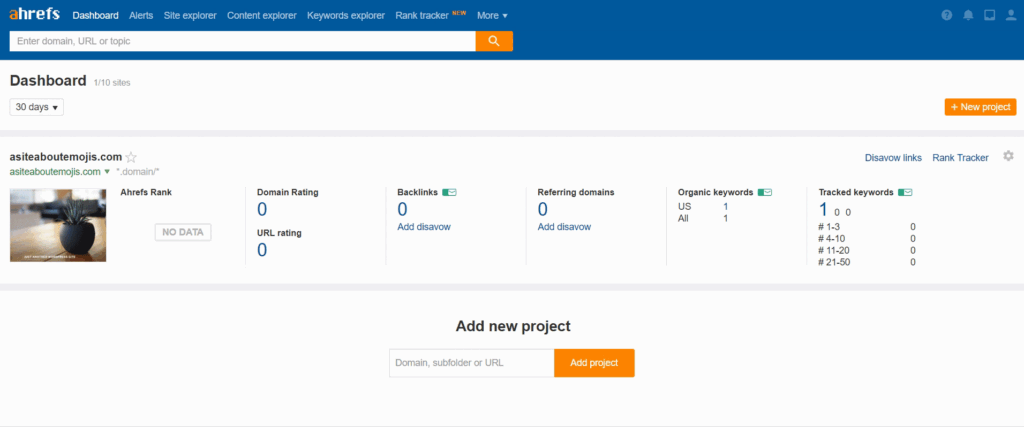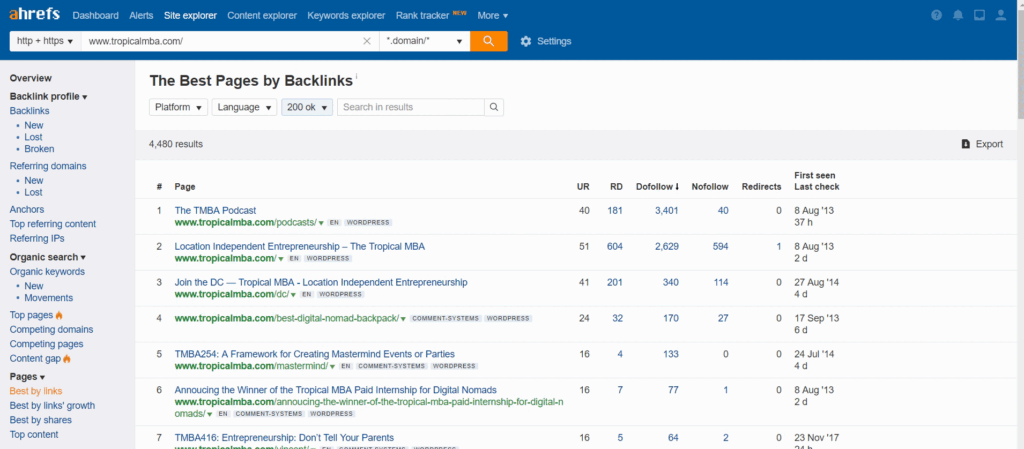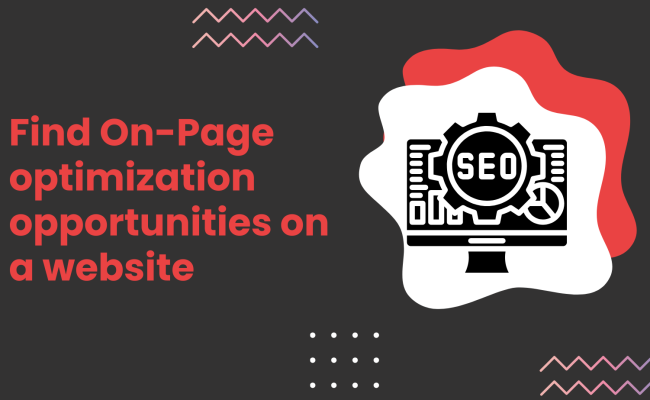Goal: Determining which website pages need to be optimized, particularly if there are numerous ones and you don’t have much time to optimize them all.
Ideal Result: To maximize the return on your investment of time spent optimizing your website, you can quickly identify the most crucial pages.
Requirements or prerequisites: You should be proficient in keyword research. You will learn how to achieve this from Our SOP 011.
Why this matters: Your SEO efforts depend on on-page optimization. On the other hand, the 80/20 site-wide on-page optimization strategy described in this SOP will assist you in deciding which pages to optimize first if your website is hundreds or thousands of pages long and has never been optimized.
Where to do this: Perform keyword research in your browser using Ahrefs, Google Sheets, and KW Finder.
After this is finished when you choose to optimize each page of a big website with on-page SEO.
Who does this? You, your virtual assistant (VA), your SEO expert, or a company you hired for digital marketing.
Configuring the environment
- Create an Ahrefs account here if you don’t already have one.
Identifying the possibilities for on-page SEO
- Duplicate the 80/20 Site-Wide On-Page Optimization – Worksheet, so you have it for use during the procedure.
- Launch Ahrefs.
- In the search bar, type the URL of the website.
- Don’t forget to include https (left selection menu) and http.
- Choose *.domain/* from the right selection menu (the domain and all its subdomains).
- To evaluate your domain, click Search.
- Select “best by backlinks” from the sidebar on the left.
- Go to the http code and choose “200 OK.”
- Results are sorted by “Dofollow.”

- Click the small arrow next to any result with more than ten do-follow links, then right-click the Organic keywords to open it in a new tab.

- To determine whether this is a good opportunity for on-page optimization, ask yourself the following questions:
- Does it rank well for popular keywords related to that content?
- If not, on-page optimization would be an excellent fit for this. You can proceed to the next result and add it to the worksheet.
- Proceed to the following query if the answer is yes.
- Is it designed with that keyword in mind?
- If not, on-page optimization would be an excellent fit for this. You can proceed to the next result and add it to the worksheet.
- Proceed to the following query if the answer is yes.
- Is it showing up in the top five results for that term?
- If not, on-page optimization would be an excellent fit for this. You can proceed to the next result and add it to the worksheet.
- You can skip this URL and go on to the next result if the answer is yes.
- Repeat the previous steps until you’ve finished with all of the URLs on the “best by backlinks” list.
Identifying the goal keywords for every page
- Perform keyword research on each URL you have collected in your worksheet to find keywords pertinent to that page’s information.
- As stated at the outset of this SOP, SOP 011 contains comprehensive keyword research techniques.
- Add a relevant keyword to the worksheet’s “Target keyword” column whenever you discover one that has a high search volume for the page.
- Simply enter “N/A” in the “Target keyword” field and go to the following link or page in your worksheet if you cannot locate relevant keywords with a high enough search volume.
This could take some time, just like any other keyword research procedure, particularly if your website is big. Hold on; it will be well worth your while to devote this time to the upkeep of your website!
Doing on-page optimization
- After completing the stages outlined above in this SOP, you can proceed to the actual on-page optimization for each of the URLs in your worksheet that have a relevant target keyword.
- The on-page optimization procedure is simple and will typically take five to ten minutes for each URL that needs to be optimized. This procedure is outlined in SOP 018, so you can refer to it if you are unsure how to do it.
- And that’s it! Although this isn’t a complete website optimization, it will still improve your website’s ranking in search engine results. The 80/20 approach will give you a good start in the SEO world and more time to optimize the remaining pages if you are pressed for time and your website is big enough to require a lengthy process.


